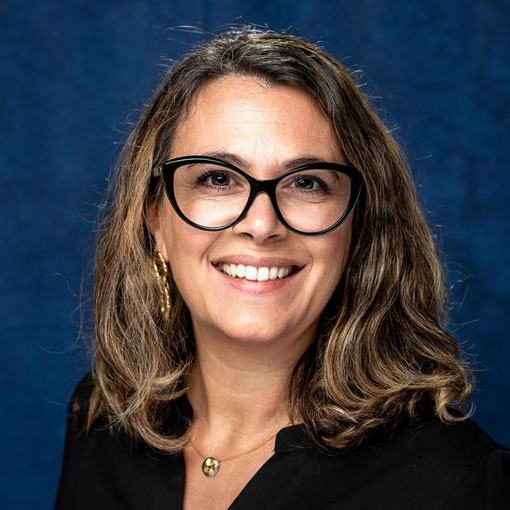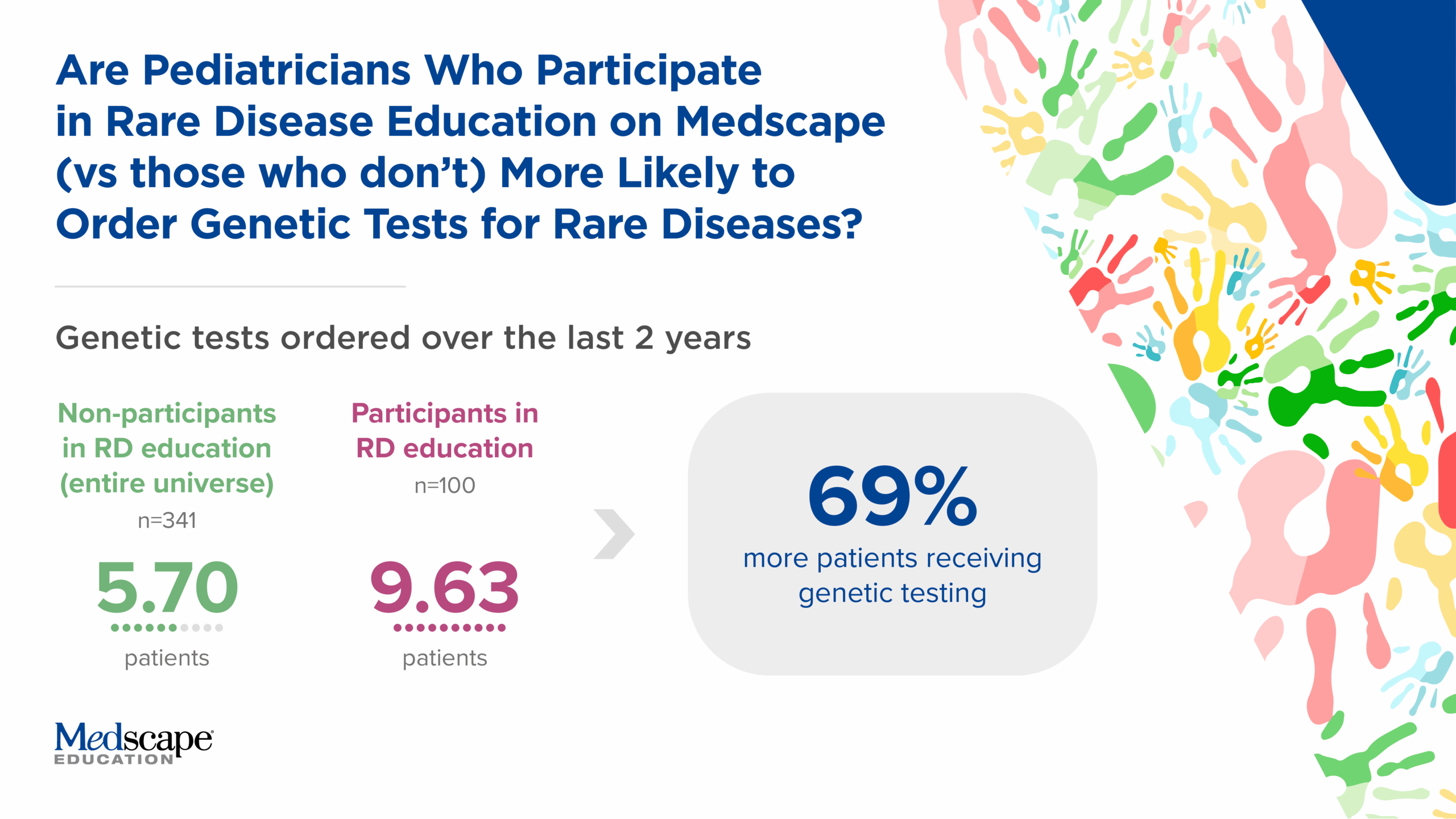
Christy Rohani-Montez, PhD
Senior Director of Clinical Strategy, Rare Disease Education Lead
For a child with a rare disease, a doctor’s continuing education can end a years-long diagnostic odyssey and unlock access to vital care.
A harmful adage in diagnosis
In medical school, doctors are taught, ‘When you hear hoofbeats, think horses, not zebras,’ guiding them to focus on diagnosing common conditions and to discard the possibility of a rare condition. Yet, approximately 5% of the global population does have a rare condition, which, collectively, isn’t rare.1 These patients experience an average diagnostic delay of four to five years, and depending on the condition, sometimes over 10 years.
Continuous learning for physicians
Most rare diseases are genetic and ~70% present in paediatrics, but paediatricians are regularly missing these cases.2 Unfortunately, very little time, if any, is dedicated to learning about rare diseases in medical school. Thus, for doctors to unlearn that potentially harmful adage about horses and zebras, they must learn about rare diseases by participating in continuing medical education throughout their careers.
‘When should I re-investigate a possible misdiagnosis?’ ‘What signs should make me think it might be a rare condition?’ These are the questions continuing medical education strives to answer.
Does rare disease education work?
Medscape Education features the largest collection of online accredited continuing medical education programmes in rare disease, covering over 100 different rare conditions, as well as rare disease foundations, patient voices and case challenges.
To evaluate the impact of education on real-world practice, we asked whether paediatricians who participated in rare disease education versus those who didn’t were more likely to order genetic tests (assessed via 30 relevant procedural codes). Analysing recent Medscape internal data from 24 programmes for paediatricians, we found that among paediatricians who ordered genetic tests, those who participated in rare disease education (n = 100) ordered them significantly more commonly than those who didn’t participate in the education (n = 341).
Those who participated ordered genetic tests for an average of 9.63 patients over a 2-year period versus for an average of 5.70 patients among those who didn’t participate, representing 69% more patients per educated paediatrician who received a genetic test.
This has major implications for shortening the rare disease diagnostic delay in paediatric practice. If patients can get a diagnosis as early as possible, preferably as a child, as a result of better-informed doctors, we can end the frustrating diagnostic odyssey and enable earlier access to appropriate care.

[1] Nguengang Wakap S, Lambert DM, Olry A, et al. Estimating cumulative point prevalence of rare diseases: analysis of the Orphanet database. Eur J Hum Genet. 2020;28(2):165-173. http://doi.org/10.1038/s41431-019-0508-0
[2] Rohani-Montez SC, Bomberger J, Zhang C, et al. Educational needs in diagnosing rare diseases: A multinational, multispecialty clinician survey. Genet Med Open. 2023 Apr 17;1(1):100808. doi: 10.1016/j.gimo.2023.100808



